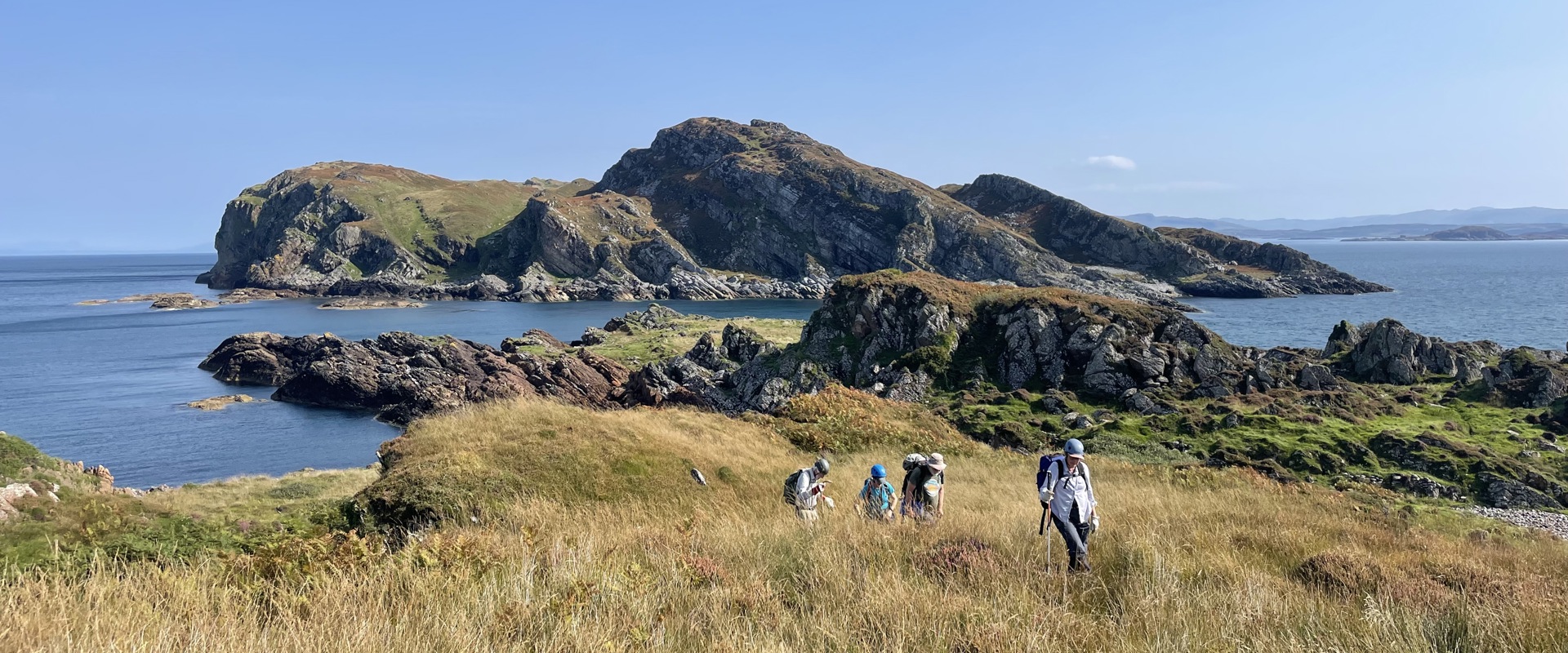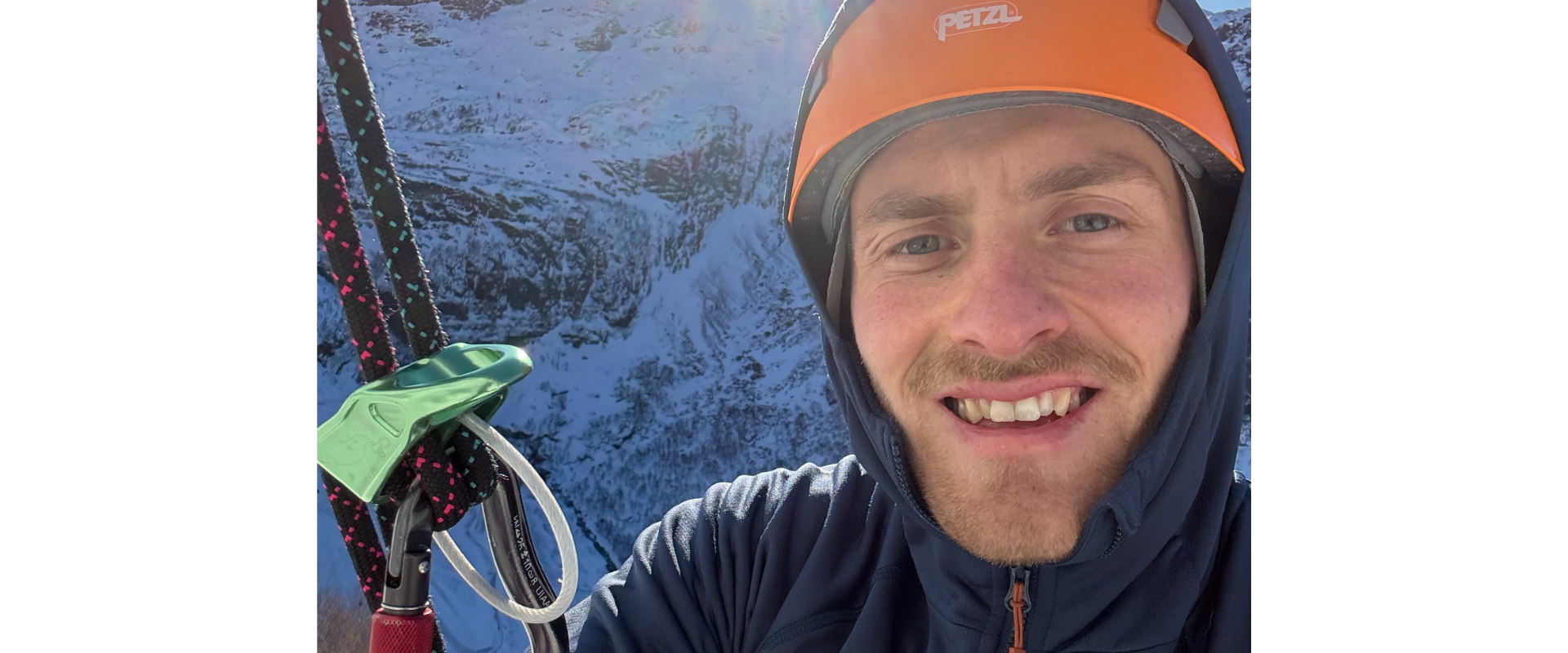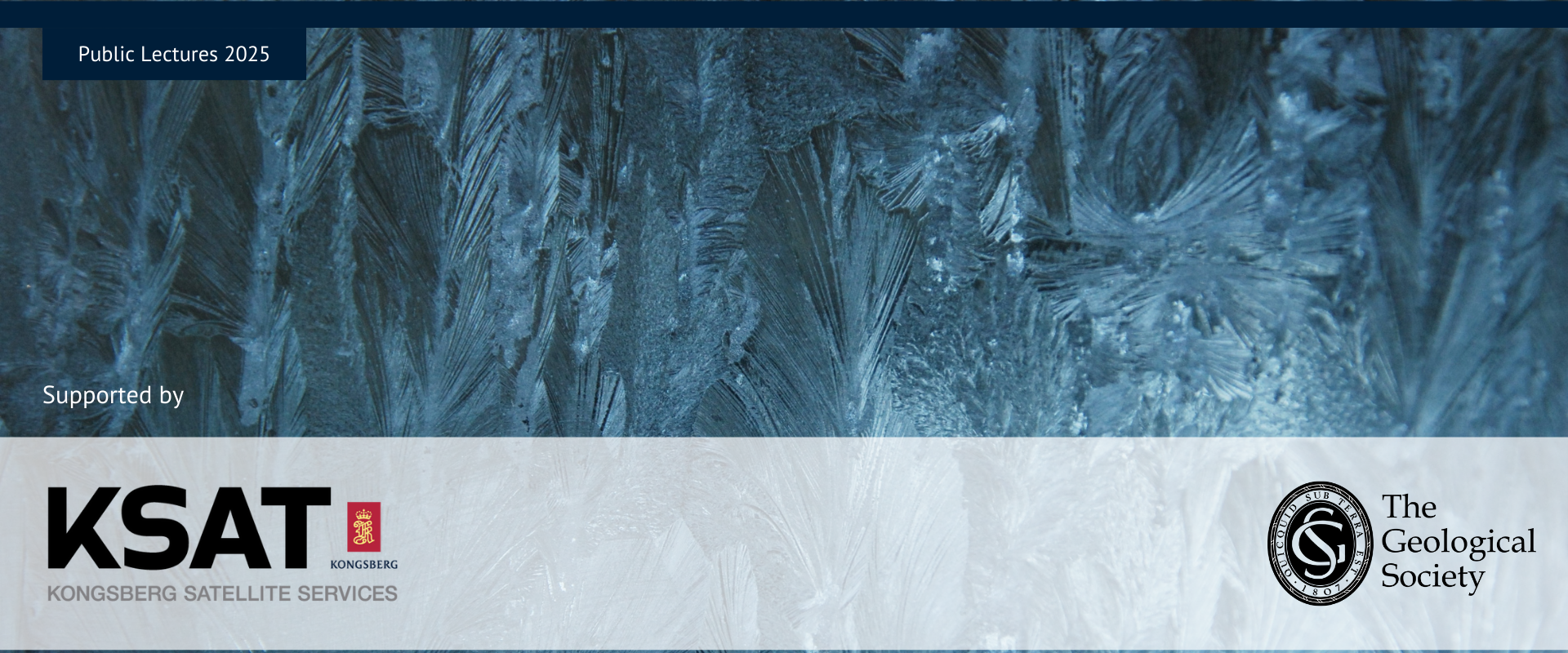
15 December 2025 18:00 - 19:00 Virtual and Burlington House, Piccadilly, London, W1J 0BG
15 December 2025 | 18:00 - 19:00 | Virtual and Burlington House, Piccadilly, London, W1J 0BG
**This Public Lecture has now been rescheduled to Monday 15 December 2025 due to TfL strikes**
The Geological Society is pleased to be working with our Early Career Network for this September Public Lecture, which will be presented by the Early Career Geologist of 2025.
At the beginning of the Cryogenian Period, around 717 million years ago, ice caps advanced abruptly to cover the entire planet. Global ice cover is thought to have been attained relatively quickly, over thousands of years, because of the albedo effect – that is, the more ice there is, the more sunlight is reflected back into space, and vice versa. After reaching the equator, ice sheets persisted there for up to 58 million years. Understanding how our planet could have plunged into such extreme cold is still the subject of intense debate, but there is a problem. Sedimentary records of the moment when ice first reached low latitudes are absent everywhere on Earth, or so we once thought.
Off the west coast of Scotland lies a chain of tiny islands called the Garvellachs that may hold some of the clues to a time in Earth’s history known evocatively as ‘Snowball Earth’. The islands host the only known demonstrably transitional record from underlying carbonate rocks of the Tonian period into glacial rocks of the Cryogenian. Sedimentary observations of these late Tonian carbonates can be interpreted as deposition in warm tropical seas, full of bacterial life, before an observable transition into an increasingly frigid climate and the definitive movement of ice caps over the land; akin to seeing Greenland-scale ice caps descending on the Caribbean today. Elsewhere on Earth this pivotal transition into the Cryogenian period appears to have been removed by the erosive power of glaciation, resulting in a missing time gap in the sedimentary record. However, on the Garvellachs no such gap is found, making it a truly unique location globally for Snowball Earth science.
New geochronological age constraints from the rocks on the Garvellachs show that they were deposited between 717 and 660 million years ago, marking the first of two Snowball Earth glaciations in the Cryogenian. Armed with these new age constraints, and the unique preservation of the transition into this global glaciation, these Scottish islands may prove integral for understanding how and why Earth descended into a Snowball Earth climate state, whilst having ramifications for defining the geological timescale.
This Public Lecture will take place on Tuesday 9 September at 18:00 (GMT).
This is a hybrid event, which can be attended in person at Burlington House, Piccadilly, London, or online via Zoom.
17:30–18:00: Guests arrive for the Public Lecture
18:00–19:00: Talk takes place (including Q&A)
19:00–20:00: Drinks reception
20:00: Event ends

Elias Rugen, University College London
Elias completed his undergraduate degree in Geology at Imperial College London before pursuing a Master’s in Geochemistry at the University of Copenhagen. It was during his time in Copenhagen that he developed an interest in Precambrian geology.
In 2021, Elias began a PhD at University College London, supervised by Professor Graham Shields. It was Professor Shields who introduced him to the concept of Snowball Earth and, more significantly, sent him off to the Garvellach Islands in Scotland, where Elias has been conducting fieldwork for the past four years.
After receiving international media attention for his research in the summer of 2024, and being named the Geological Society’s Early Career Geologist of the Year for 2025, Elias has been invited to present some of his latest work at the Geological Society Public Lecture Series.

We are proud to partner with KSAT, who are supporting our Public Lecture Program throughout 2025. This collaboration enables us to share cutting-edge insights and geoscientific discoveries with public audiences, broadening our reach and amplifying the impact of our science program.
This lecture is free to attend.
You can register for both in-person and virtual attendance by clicking on the Book Now button above.
If you wish to join our mailing list, please email conference@geolsoc.org.uk